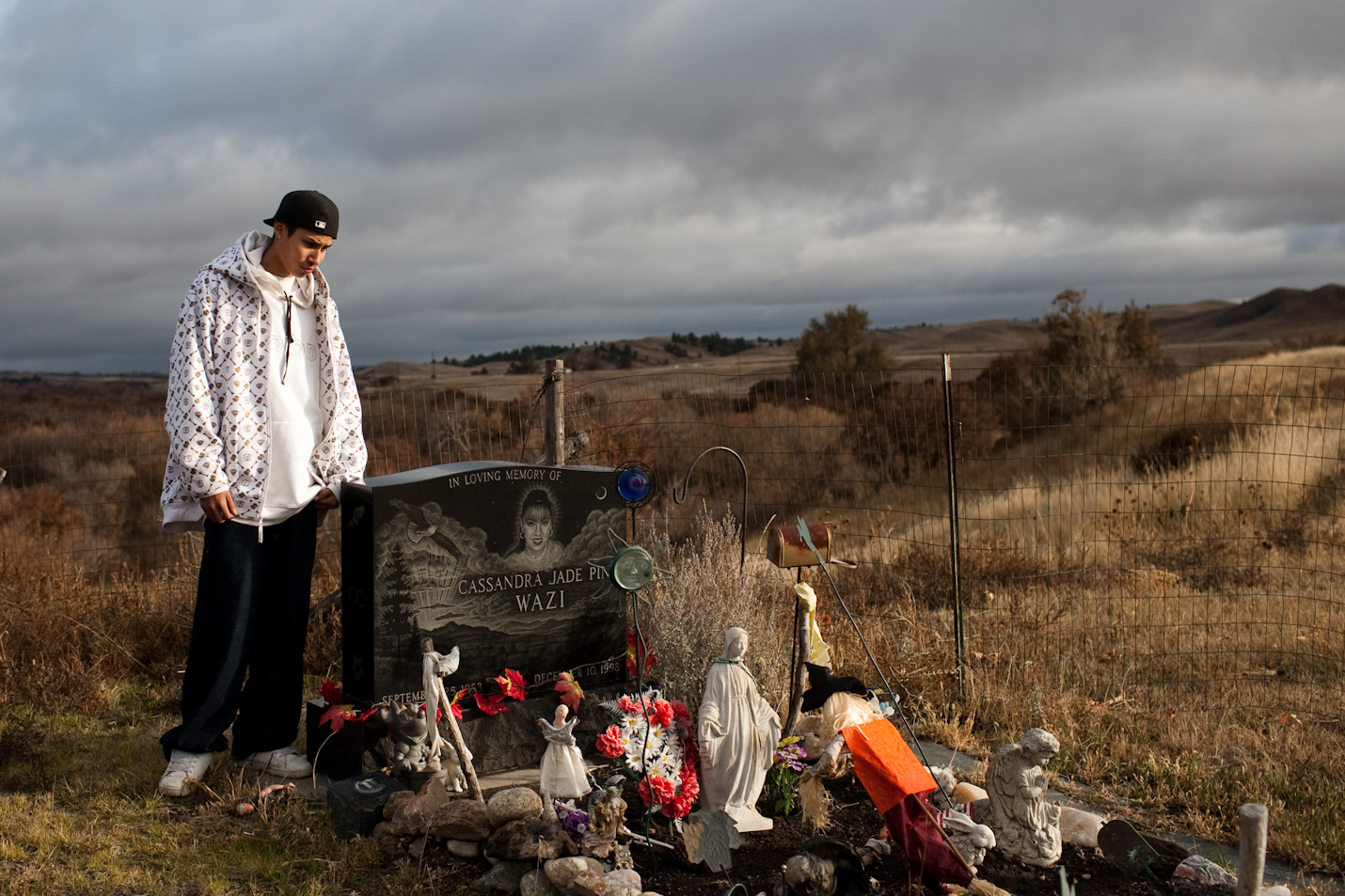| Online: | |
| Visits: | |
| Stories: |

| Story Views | |
| Now: | |
| Last Hour: | |
| Last 24 Hours: | |
| Total: | |
Suicide Epidemic Threatens a Generation on Pine Ridge Indian Reservation
21st Century Wire says…
This chronic social condition afflicting the Indian Reservations in this area is not new.
In 2007, the NY Times released a disturbing report detailing the suicide epidemic at the Rosebud Reservation which neighbors Pine Ridge in South Dakota:
“American Indian and Alaska Native youth 15 to 24 years old are committing suicide at a rate more than three times the national average for their age group of 13 per 100,000 people, according to the surgeon general. Often, one suicide leads to another. For these youths, suicide has become the second-leading cause of death (after accidents). In the Great Plains, the suicide rate among Indian youth is the worst: 10 times the national average.”
It’s becoming a generational crisis, one which is threatening the very future survival of a people…

(Image Source: Matthew Williams Photography)
Julie Bosman
New York Times
PINE RIDGE INDIAN RESERVATION, S.D. — A few days before Christmas, Santana Janis, a 12-year-old Lakota Indian, decided that she did not want to live anymore.
A bright, outgoing girl with a shy smile and a passion for horseback riding, Santana had become afflicted by dark moods. She lived in a derelict two-bedroom trailer with a grandfather, Earl Tall, and as many as a dozen siblings and cousins.
Her mother, an alcoholic, was an intermittent presence in her life. Their town, Manderson, was torn by drinking, fighting and violence.
Mr. Tall overheard his granddaughter’s talk of suicide and called her other grandfather, Keith Janis, who immediately drove 40 miles to see her. “I sat down with her and said, ‘Please, promise Grandpa you’ll never do that,’ ” Mr. Janis recalled last week. “She gave me that big, beautiful smile of hers and said, ‘O.K., Grandpa, O.K.’ ”
Six weeks later, Santana hanged herself in a small unheated building next to the trailer.

John Yellow Bird Steele, the Oglala Sioux tribe president, pictured here with former AG Eric Holder, declared an emergency on the reservation in February.
Two teenagers hanged themselves in December. In the next three months, seven more young people were found dead, including Alanie Martin, 14, who was known for her love of basketball, cheerleading and traditional Indian hand games. When Santana killed herself in February, she followed the recent suicide of a boy who attended her school, Wounded Knee, named for the 1890 massacre that occurred where the reservation stands today.
Many more youths on the reservation have tried, but failed, to kill themselves in the past several months: At least 103 attempts by people ages 12 to 24 occurred from December to March, according to the federal Indian Health Service. Grim-faced emergency medical workers on the reservation, which is the size of Delaware and Rhode Island combined, say they have been called to the scenes of suicide attempts, sometimes several times a day.
Tribe officials, clergy members and social workers say they cannot remember such a high rate of suicides and attempts in such a short period on the reservation, which is already overwhelmed with high rates of unemployment, poverty, domestic abuse and alcohol addiction.
In 2013, five people, adults and children, killed themselves, according to the Oglala Sioux tribe. Officials at Pine Ridge said they were mystified by the far more pronounced increase in the past several months and had searched, unsuccessfully, for answers.
As the suicides began to mount in February, the Oglala Sioux tribe president, John Yellow Bird Steele, declared an emergency on the reservation. In response, the Indian Health Service deployed additional counselors, but many people here say it is not nearly enough: There are only six mental health professionals on the entire reservation, which has a population of 16,000 to 40,000 tribal members based on varying government and tribal estimates.
“It is devastating,” Mr. Steele said. “I don’t know if they were cyberbullied, or if they had living conditions they didn’t want to put up with, or they were sexually abused. Were they hungry? I don’t know.”
“When you have a good understanding of what’s happening,” he said, “come back and tell me.”
But family members and tribe officials said they had seen disturbing clues.
Outside the Pine Ridge School, where four of the 800 students have committed suicide in recent months, Myra Slow Bear, 15, a friend of Alanie’s, said other students had been bullying Alanie.
“I knew she was depressed,” she said. Among teenagers at the school, she said, attempting suicide is not unusual…
READ MORE HEALTH NEWS AT: 21st Century Wire Health Files
21st Century Wire is an alternative news agency designed to enlighten, inform and educate readers about world events which are not always covered in the mainstream media.
Source: http://21stcenturywire.com/2015/05/04/suicide-epidemic-threatens-a-generation-on-pine-ridge-indian-reservation/



